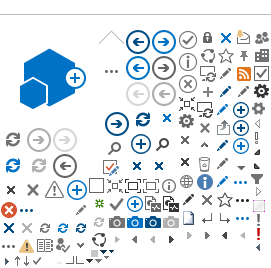
This session delved into the critical human element of security and the evolving tactics used by fraudsters. Social engineering and phishing attacks remain some of the most prevalent and damaging threats to Digital Financial Services (DFS) users worldwide. Understanding and mitigating these threats is paramount for protecting consumers and maintaining trust in the digital financial ecosystem.
This webinar explored:
- Key vulnerabilities and attack vectors for phishing attacks in various messaging platforms (SMS, email, instant messaging) used in DFS.
- The evolving threat landscape, including new and sophisticated social engineering and phishing techniques.
- Mitigation strategies and best practices for DFS providers and users
- Regulatory approaches and consumer awareness initiatives to combat these threats.
Target Audience
This webinar was intended for IT professionals in telecommunications, financial services and fintech sectors, cybersecurity experts, policymakers and regulatory bodies involved in digital financial services, as well as consumer protection agencies.
Panelists:
Project Officer Standardization Bureau, ITU Moderator
|
Director (Research) CUTS International
|
Epimack Mbeteni Director M-Pesa Limited Vodacom Tanzania
|
We invite all participants to join the ITU DFS security knowledge-sharing platforms on Slack and GitBook before the webinar. See instructions below:
Instructions for joining the ITU DFS security knowledge sharing platform:
The Knowledge Sharing Platform consists of two main components: a GitBook workspace and a Slack channel. The GitBook workspace is a collaborative platform for sharing and refining ITU DFS security recommendations, while the Slack channel facilitates real-time communication and idea discussions among the collaborators.
Links to the GitBook workspace and Slack channel
- Step 1: Send a request to join the platform by emailing your name, institution and job title to: dfssecuritylab@itu.int
- Step 2: After approval, you will receive an invitation to join GitBook, "Accept Invitation" in the email
- Step 3: Sign up for a GitBook account or sign in with an existing account
- Step 4: Access the link in the email to access the DFS Security Guidelines GitBook
- Step 5: After your email approval, you will receive an invitation to join the ITUDFSsecurity workspace, Click "Join Now" in the email
- Step 6: Sign up for a slack account or sign in with an existing account
- Step 7: Join the itudfssecurity Slack workspace for collaboration and discussions
